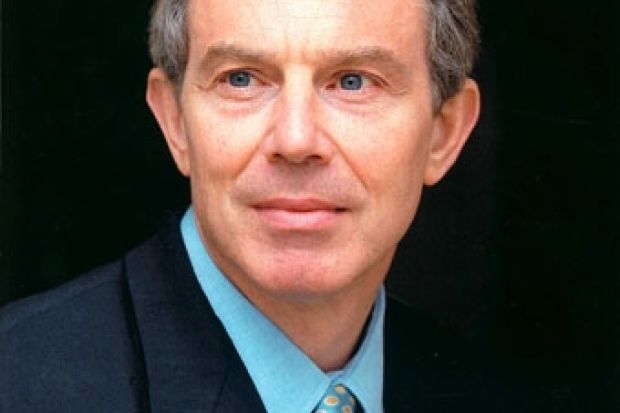Tony Blair decided to sneak a low interest rate on student loans past the Treasury in order to make the introduction of top-up fees more palatable to the electorate, the independent review of university fees heard yesterday.
At the first public hearing on student fees and finance, Charles Clarke, who was Education Secretary at the time of the reforms, said the Treasury had failed to engage in the discussion about the rate of interest on student loans despite his belief that a “real” rate of interest – equal to the cost of borrowing – would have been more rational.
The former Prime Minister’s decision to opt for the lower rate resulted in a system that now costs the Government about £1.2 billion a year.
Under the current system, students receive government loans to cover the tuition fee, which stands at £3,225 a year, and a means-tested loan to meet living expenses.
Once graduates earn more than a given threshold the loans must be repaid, but because interest is charged at the rate of inflation, they are “interest-free” in real terms.
Nicholas Barr, professor of public economics at the London School of Economics, has argued that the Government should raise the rate of interest on loans to cover the cost of borrowing. The current rate acts as a “middle-class subsidy”, he has said.
In his submission to the fees review, which is being led by Lord Browne of Madingley, Mr Clarke, Labour MP for Norwich South, makes the same recommendation.
“Either the maintenance loan, or the fee loan, or both, should charge a real rate of interest,” his submission says.
This would not be as high as a commercial rate, “but the existence of a real rate of interest reflects the cost of borrowing and it is fair that… the financial cost of borrowing should be reflected in a rate of interest”, the document says.
Mr Clarke told the hearing in Manchester on 28 January that, despite the money that would have been saved, the Treasury did not argue for a real rate of interest at the time of the 2004 legislation because it was not “engaging in the whole process very much”.
He said that this had left him “quite disturbed”.
Mr Clarke added that he had telephoned Mr Blair to explain the situation and ask what to do.
“He said – and I’ll never forget it – ‘Snaffle it.’ By which he meant ‘grab the [lower] rate of interest’ because it made the whole thing far easier to sell.”
Mr Clarke also told the committee that the decision to set the fees cap originally at £3,000 had been “relatively arbitrary”.
It had been intended to allow universities to charge different fees without rising to a level that would deter students from applying, but virtually all universities went on to charge the maximum amount. This had left him “quite taken aback”.
In his written evidence, he says that this may have happened partly because the cap was “too low” to encourage different fees.
However, the main reason was “the unwillingness of universities to try new approaches”.
Those who argued that the cap should be lifted needed to make the case that it would not deter students from poorer backgrounds, he told the hearing.
Any such change would also need to encourage greater diversity in the sector, including different fee levels.
However, Mr Clarke said that so far he had not seen these arguments convincingly made.
He added that the current maintenance loan was often not large enough for students to live on during their studies, and urged the committee to examine this issue.
He said that means-testing of maintenance loans should be scrapped and that every student should be entitled to the full maintenance loan, as this would allow all undergraduates to become fully independent at 18.
